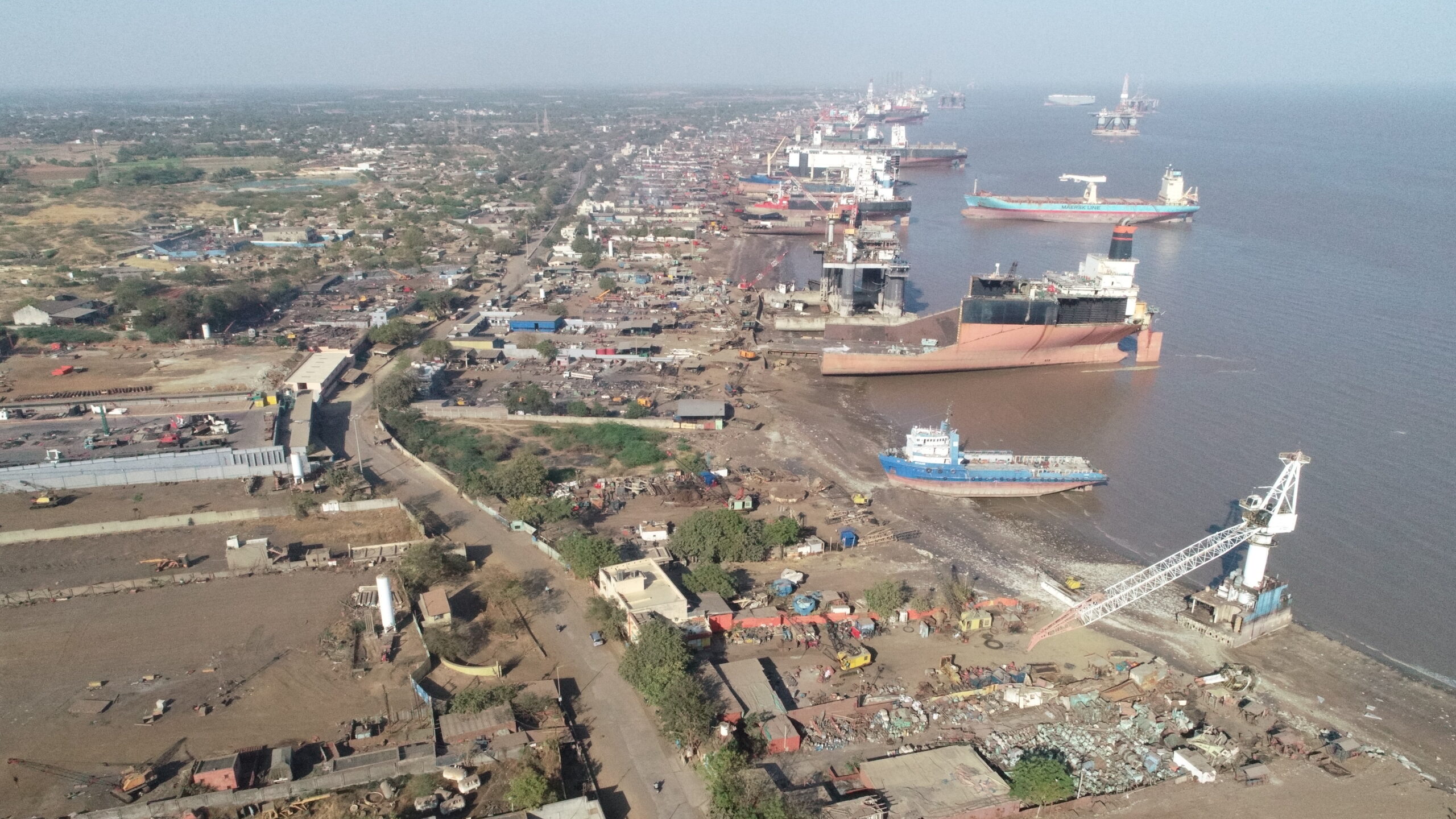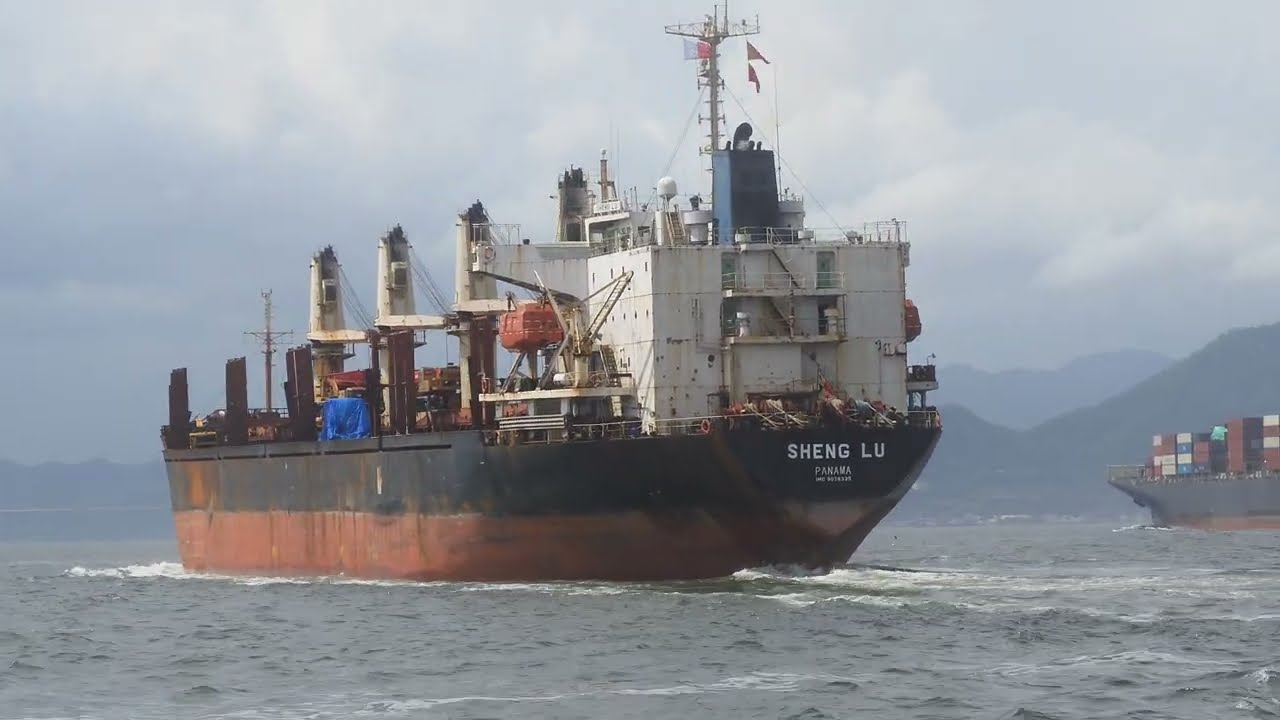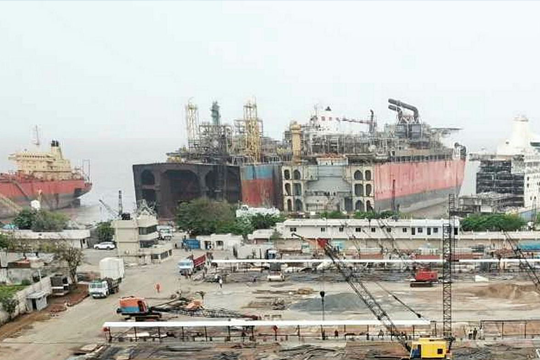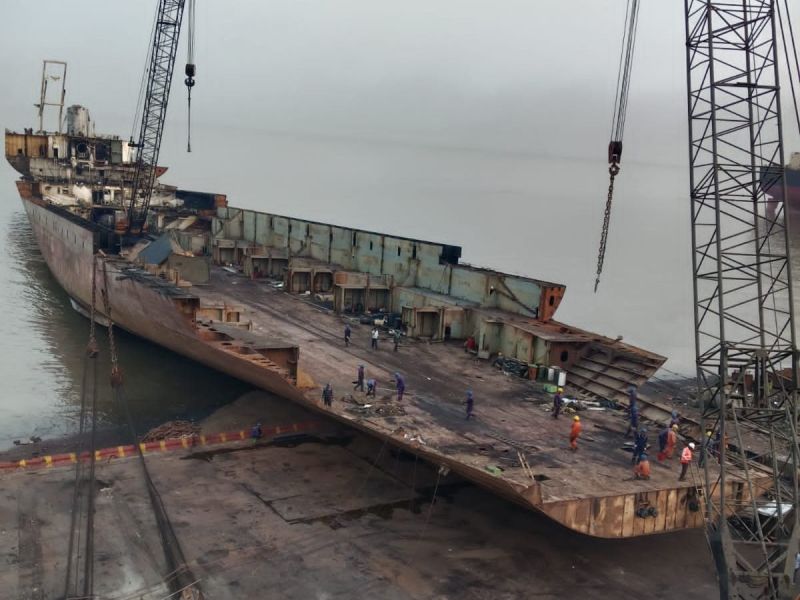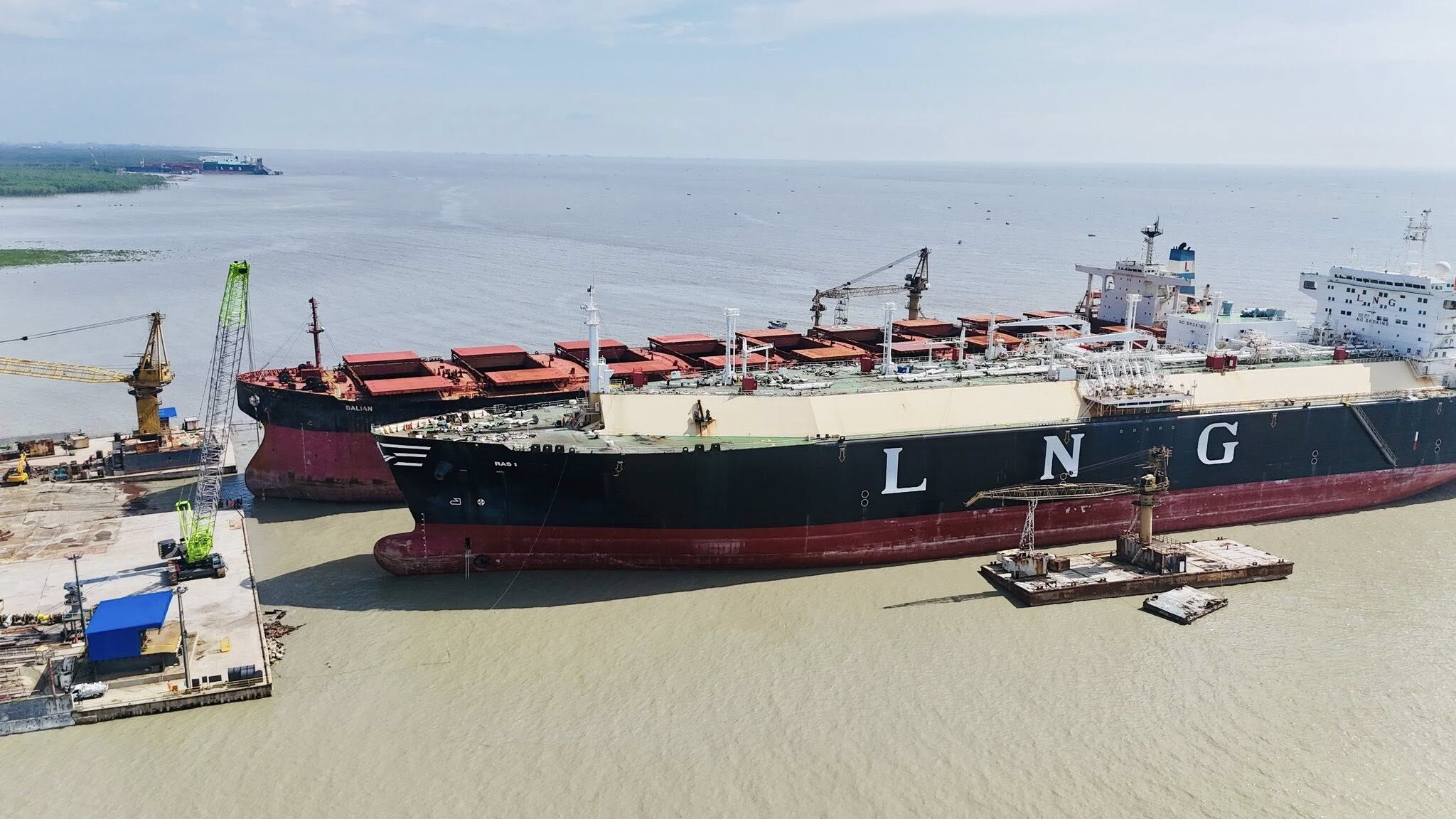The First Port in India to Introduce Green Ship Incentives: Mormugao Port Authority’s Eco-Friendly Transformation

In the limelight for its air-polluting cargo, Mormugao Port Authority (MPA), Vasco, is targeting to transform itself into a green port of India.
In recent years, there has been a growing recognition of the need to mitigate environmental damage caused by industries, and the shipping industry is no exception. At the forefront of this movement in India is the Mormugao Port Authority (MPA) in Vasco, Goa. MPA has become the first port in India to introduce green ship incentives under the Union Government’s Harit Shrey Scheme, offering discounts on port dues to energy-efficient vessels with high Environmental Sustainable Index (ESI) scores.
This bold step toward environmental responsibility marks a significant change for a port long associated with pollution due to its handling of coal and iron ore. Despite the heavy nature of its cargo, the port’s chairman, Vinod Kumar, is optimistic about its transformation into a sustainable, eco-friendly port of the future. He acknowledges that the port’s emissions are a challenge, but sees this admission as the first crucial step toward going green.
Green Incentives: Leading the Charge
In October 2022, MPA launched a program offering green ship incentives, becoming the first Indian port to do so. These incentives provide discounts on port dues for vessels that are certified under the Green Award scheme, a global initiative that recognizes ships with exemplary environmental performance. To qualify, vessels must meet high energy efficiency standards and achieve good ESI scores, which are calculated based on various environmental parameters such as nitrogen oxide emissions, sulfur content of the fuel, and waste management.
Kumar expressed confidence in the scheme’s success, stating that it is now being extended beyond ships to include trucks that ply through the port. The goal is to minimize the port’s carbon footprint through a combination of energy-efficient practices and technological upgrades.
“MPA is in the process of decreasing its carbon footprint and achieving sustainable, environmentally-friendly port operations,” said Kumar. “Acknowledging that we pollute and leave a carbon footprint is the first step in making the port go green.”
Carbon Footprint: A Measured Approach
To understand and manage its carbon emissions, MPA commissioned a study by the National Institute of Technology, Surathkal, which revealed that the port is responsible for emitting 32,000 tons of carbon dioxide (CO2) annually. While this is a relatively small figure when compared to global giants like the Port of Rotterdam, which emits 22 million tons of CO2, Kumar emphasized that 32,000 tons is still a significant number for MPA.
The port is actively working on strategies to reduce these emissions. One of the key measures includes the installation of a 3 MW solar power plant, which is expected to reduce emissions by 10%. This initiative, set to be completed within the next four months, will be a crucial step toward achieving the port’s sustainability goals.
Technological Solutions to Reduce Pollution
The port’s coal-handling operations have historically contributed to air pollution in the surrounding areas. However, the MPA has implemented various technological upgrades to mitigate this issue. Coal movement across the port’s berths—specifically berths 5, 6, and 7—is now done via covered conveyors, which prevent coal dust from escaping into the atmosphere. The cargo is also handled using silo loading techniques, which reduce the chances of dust pollution.
However, Kumar acknowledges that high wind speeds can still disperse dust, even with these preventive measures in place. To address this, MPA is constructing a dorm structure in partnership with South West Port Pvt Ltd (SWPL), a subsidiary of JSW, which operates two of the coal berths. The dorm is expected to be completed by mid-2025, significantly reducing dust pollution from coal handling.
Discussions are also ongoing with Adani Port, which operates the third coal berth, to introduce a similar dorm structure. Once completed, these measures will help the port handle coal more responsibly, reducing the environmental impact of this essential commodity.
“Coal needs to be imported into India, and MPA is one of the key ports for these imports. A dorm structure will help tackle the pollution challenges posed by coal handling,” said Kumar.
Relocating Liquid Cargo to Minimize Risk
In addition to its efforts to manage coal dust pollution, MPA is also taking steps to reduce risks associated with handling liquid cargo, particularly petroleum products. Previously, these products were imported via berths 10 and 11, which are closer to residential areas. In a move to protect the local population, liquid cargo operations have been shifted to berth 8, which is located further inland.
MPA has invested Rs 18 crore in augmenting the firefighting capabilities at berth 8 to ensure the safe handling of petroleum products. This investment reflects the port’s broader commitment to minimizing environmental and public health risks while continuing to facilitate crucial imports.
Digital and Technological Advancements
As part of its future-ready approach, MPA has been asked by the Ministry of Ports and Inland Waterways to explore how 5G technology can revolutionize port operations. The ministry is keen on introducing IoT-based smart devices to monitor vessel movements more effectively, a move that could enhance safety, efficiency, and sustainability.
Kumar revealed that the ministry envisions a future where MPA, along with other major ports, will leverage cutting-edge technology to optimize operations and further reduce environmental impacts.
A Greener Tomorrow: Ongoing Initiatives
MPA is also working on a Rs 4 crore project to install a pipeline for transporting treated water. The treated water will be used for dust suppression, which is a significant issue in ports handling bulk cargoes like coal and iron ore. This initiative is expected to make a meaningful difference in reducing the port’s overall environmental footprint.
Furthermore, despite being the smallest major port in India, MPA continues to grow. In 2023-24, it saw a 19% jump in cargo traffic, moving 21 million tons of cargo compared to 17.3 million tons the previous year. The port is optimistic about maintaining this momentum in the coming years, thanks in part to its green initiatives and technological advancements.
Conclusion: A Port Poised for the Future
Built in 1885, the Mormugao Port Authority is one of the oldest major ports in India. Today, it is at the forefront of the country’s efforts to create a more sustainable, eco-friendly shipping industry. Through green ship incentives, innovative technology, and a commitment to reducing its carbon footprint, MPA is positioning itself as a model for other ports in India and around the world.
While challenges remain, particularly in handling coal and liquid cargo, MPA’s leadership is focused on transforming the port into a beacon of sustainability. With ongoing investments in clean energy, pollution control, and modern technology, MPA is well on its way to becoming India’s green port of the future.
Author: shipping inbox
shipping and maritime related web portal




